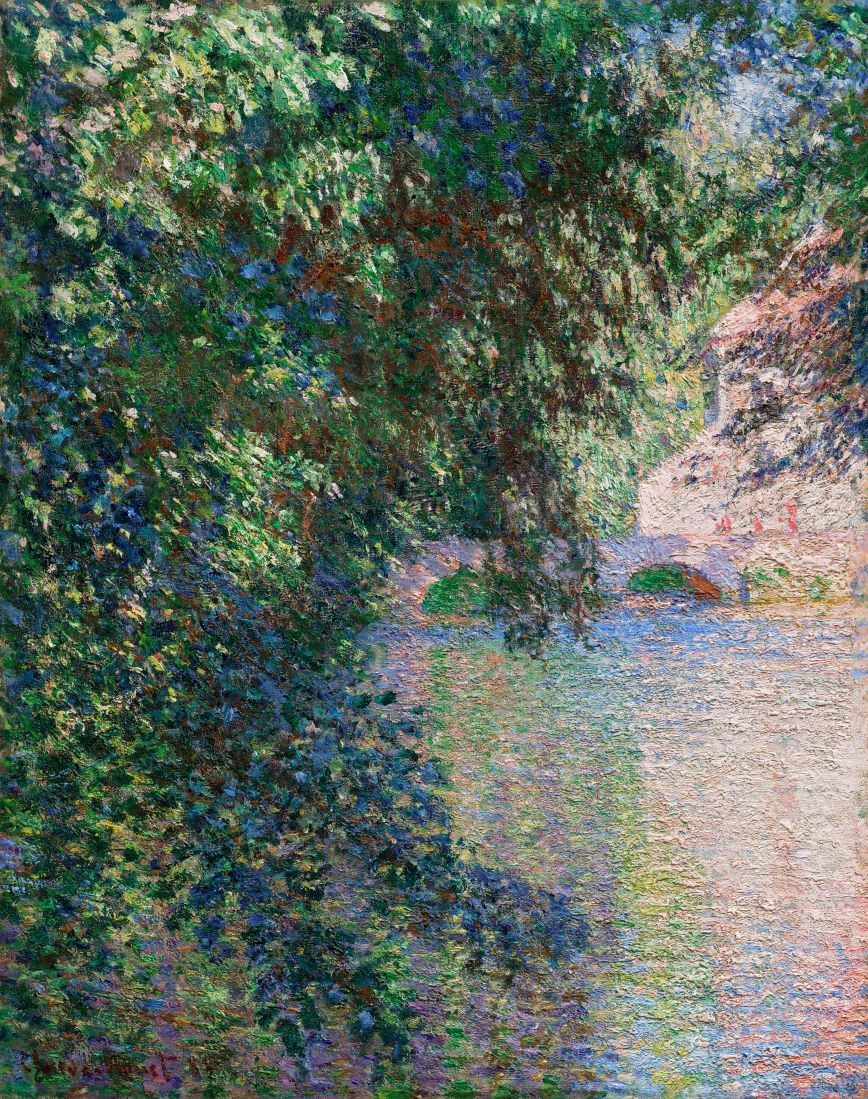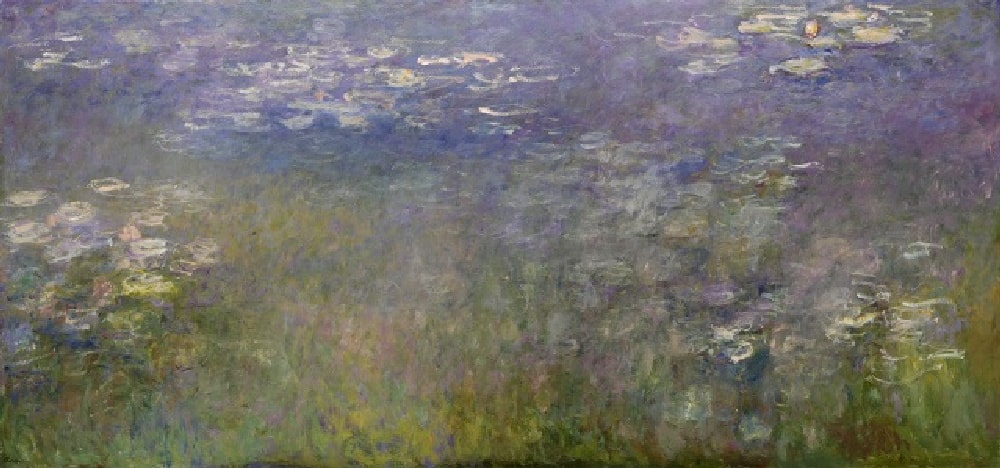Nelson-Atkins Museum of Art to Sell Iconic Monet The sale of pivotal ‘Mill at Limetz, 1888,’ a jointly owned painting, will fund future museum acquisitions
Published April 5th, 2024 at 6:00 AM
Above image credit: The Nelson-Atkins Museum of Art. (Courtesy | Nelson-Atkins Museum of Art)Do we have a bid?
The Nelson-Atkins Museum of Art has announced plans to auction French impressionist Claude Monet’s painting “Mill at Limetz, 1888” in May.
The museum has engaged Christie’s auction house to oversee the sale. Some of the proceeds will be used by the museum to buy other works of art for its collection.
“Mill at Limetz, 1888” is interesting both for its path to the museum and its place in Monet’s artistic journey.
The painting was partially gifted to the museum in 1986 by Ethel B. Atha, whose family played a role in the expansion of the Folgers Coffee Co. in the Midwest.
Atha gifted the museum a two-thirds stake in the painting, with the remaining one-third left to her heirs.
Atha’s daughter Ethelyn Atha Chase allowed the painting to remain at the Nelson-Atkins during her lifetime. Upon her passing in September 2023, the family decided they wished to sell their share, and together with the museum the parties reached an agreement to proceed with an auction.
Regularly on view at the museum since 2008, “Mill at Limetz, 1888” is one of five paintings by Monet in the Nelson-Atkins collection. The museum owns four other Monets and a fifth is on loan to it.

As for the painting’s place in Monet’s career, Nelson-Atkins Director and CEO Julián Zugazagoitia said that this painting is important not just for its own beauty, but also for the fact that it has a sister painting.
“Mill at Limetz, 1888” is a member of an early series by Monet, who gained fame for his many artistic series, including those of haystacks and water lilies. Of further interest, though, according to Zugazagoitia, is that the sister painting to “Mill at Limetz, 1888” just recently came up for auction.
“So, one of the first series actually is the painting of the mill,” Zugazagoitia said. “And what is super interesting is that the sister painting that had been in private hands for many years comes to auction at Sotheby’s. Sotheby’s makes a splash by a record number — it went for $25.6 million. So, all of a sudden, that visibility and making a very important number at auction makes everyone pay attention.”
Zugazagoitia noted that the sister painting is now viewable by the public in the Barberini Museum in Germany.
“You can see also by going to the website of Christie’s, Sotheby’s, the colors and you can compare. I wish I could see both of them in person at the same time because you can see all the nuances. But if you see from the websites and the pictures they are exactly framed the same way, and yet the colors are very, very different. Ours are greener and more vivid. And so, one would think maybe one is the beginning of the day, maybe one is more the end of the day. So, they’re very different and yet they’re exactly the same.”
Clearly full of reverence for Monet and for the specific Monets in the Nelson-Atkins collection, Zugazagoitia also holds the Atha family in high esteem, noting their foresight and boldness with regard to collecting in general.

“If you come to think of it, the Monet that they gave us was bought in 1941, and today everyone thinks Monet is one of the greatest artists. But in 1941, it was not naturally the case that it was a household name,” Zugazagoitia said.
“So, they were pioneering also in looking at what was soft in the market at the time or what were up and coming artists. He had already lived, Monet, but he really regains much more, especially in the collections in the U.S. in the ‘50s. And why? It is because Monet is seen and perceived in the ‘50s as a pioneer because of his late work. Like the Water Lilies that we have here, what American artists started appreciating was his very almost abstract quality.”
With Monet’s legacy now firmly established, Christie’s expects the jointly owned “Mill at Limetz, 1888” to bring a price of $18-25 million.
Flatland contributor Haines Eason is the owner of startup media agency Freelance Kansas.


